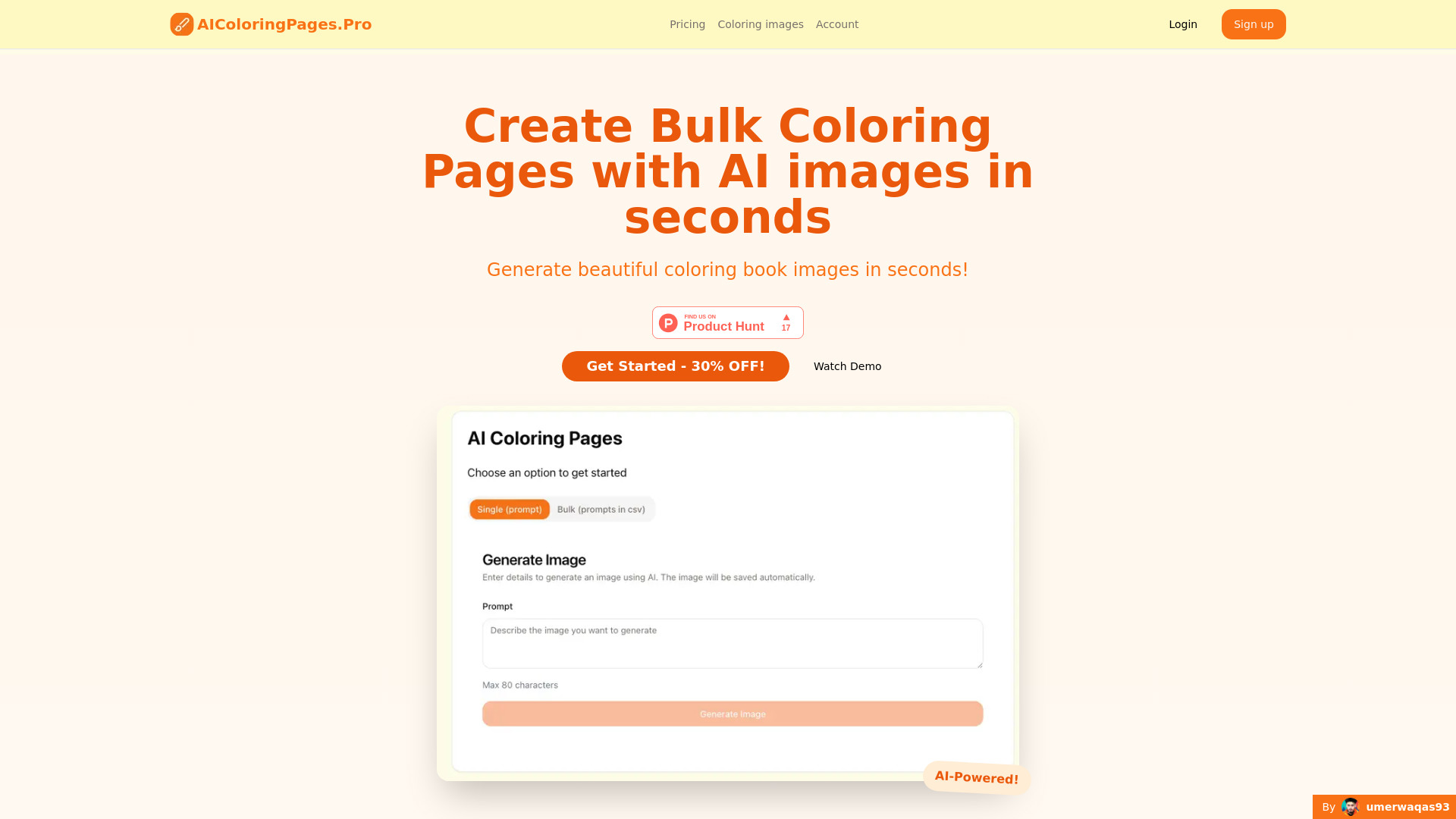Image to Image
Image-to-image translation in AI involves transforming one type of image into another using deep learning techniques. For instance, a model can convert sketches into photorealistic images or change seasonal appearances in landscapes. Applications include art generation, style transfer, and medical imaging. While benefits include creativity and efficiency, challenges involve maintaining quality and handling bias in datasets.
Primary AI
Most Commonly Used Task
Core Features
Image transformation
Style transfer
Content preservation
Detail enhancement
Guided modification
High-resolution output
Use Cases
Style transfer
Image restoration
Colorization of black and white images
Object removal
Enhancing low-resolution images
Generating variations of existing images
Most Helpful AI's
Primary Tasks For Image to Image
| # | Task | Popularity | Impact | Follow |
|---|---|---|---|---|
| 1 |
✂️
Image editing |
0% Popular
|
85%
|
|
| 2 |
🖼️
Images |
0% Popular
|
85%
|
|
| 3 |
✨
Image enhancement |
0% Popular
|
87%
|
|
| 4 |
🖼️
Image descriptions |
0% Popular
|
87%
|
|
| 5 |
🖼️
Image prompts |
0% Popular
|
87%
|
|
| 6 |
🎨
Image cartooning |
0% Popular
|
73%
|
|
| 7 |
🖼️
Product images |
0% Popular
|
75%
|
|
| 8 |
🖼️
3D images |
100% Popular
|
87%
|
|
| 9 |
🎨
Anime images |
0% Popular
|
82%
|
|
| 10 |
🖼️✨
Background removal |
0% Popular
|
87%
|
|
| 11 |
✂️🎬
Video editing |
0% Popular
|
75%
|
|
| 12 |
👤
Avatars |
0% Popular
|
78%
|
|
| 13 |
🤖🔍
AI content detection |
0% Popular
|
87%
|
|
| 14 |
🎤🎧📝
Audio transcription |
0% Popular
|
87%
|
|
| 15 |
📈
Content optimization |
0% Popular
|
85%
|




